

| Cruise Region : Mediterranean Sea |
| Company : Azamara Cruises |
| Ship : Azamara Journey |
| Journey Start : կիր 19 դեկ 2027 |
| Journey End : ուր 07 հնվ 2028 |
| Count Nights : 19 nights |
| Day | Date | Port | Arrival | Departure |
|---|---|---|---|---|
| 1 | 19.12 կիր | Լիսաբոն / Portugal | 17:00 | |
| 2 | 20.12 երկ | Պորտման / Portugal | 08:00 | 18:00 |
| 3 | 21.12 երք | Կադիս / Spain | 08:00 | 22:00 |
| 4 | 22.12 չրք | Ջիբրալթար / Great Britain | 08:00 | 18:00 |
| 5 | 23.12 հնգ | Կազաբլանկա / Morocco | 08:00 | 18:00 |
| 6 | 24.12 ուր | Ագադիր / Morocco | 13:00 | 18:00 |
| 7 | 25.12 շբթ | Օր ծովում / Sea | ||
| 8 | 26.12 կիր | Արրեսիֆե / Spain | 08:00 | 18:00 |
| 9 | 27.12 երկ | Տարագոնա / Spain | 08:00 | 20:00 |
| 10 | 28.12 երք | Լաս Պալմաս (Գրան Կանարիա) / Spain | 06:00 | 20:00 |
| 11 | 29.12 չրք | Սան Սեբաստիան դե Լա Գոմերա / Spain | 08:00 | 20:00 |
| 12 | 30.12 հնգ | Պալմա դե Մայորկա / Spain | 08:00 | 14:00 |
| 13 | 31.12 ուր | Մադեյրա / Portugal | 08:00 | |
| 14 | 1.01 շբթ | Օր ծովում / Sea | ||
| 15 | 2.01 կիր | Տանջեր / Morocco | 13:30 | 19:00 |
| 16 | 3.01 երկ | Սևիլիա / Spain | 13:00 | |
| 17 | 4.01 երք | Սևիլիա / Spain | ||
| 18 | 5.01 չրք | Սևիլիա / Spain | 13:00 | |
| 19 | 6.01 հնգ | Լիսաբոն / Portugal | 11:30 | |
| 20 | 7.01 ուր | Լիսաբոն / Portugal | 09:00 |
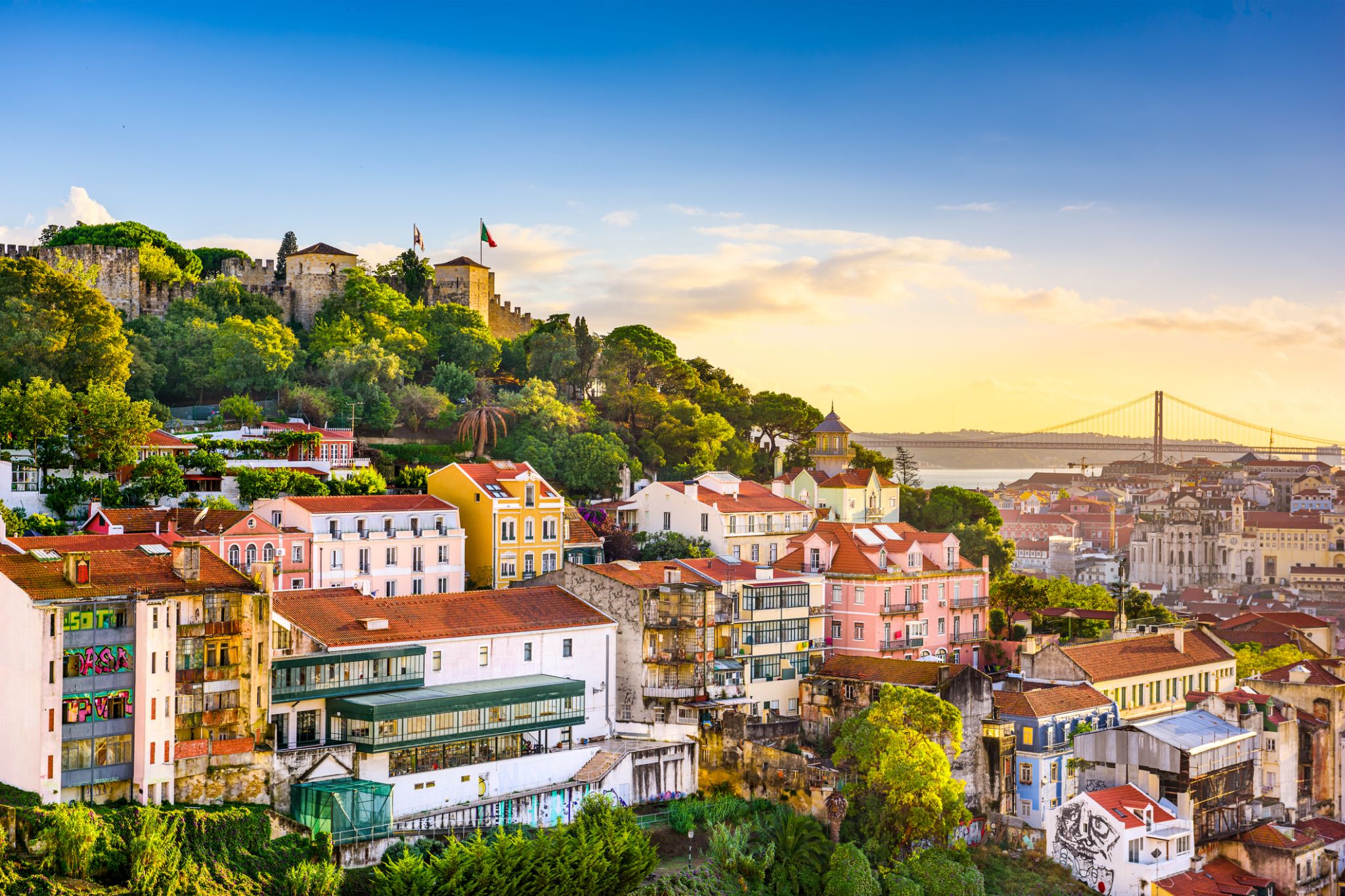
Lisbon is the capital and the largest city of Portugal, with an estimated population of 505,526 within its administrative limits in an area of 100.05 km2. Its urban area extends beyond the city's administrative limits with a population of around 2.8 million people, being the 11th-most populous urban area in the European Union. About 3 million people live in the Lisbon Metropolitan Area (which represents approximately 27% of the country's population). It is mainland Europe's westernmost capital city and the only one along the Atlantic coast. Lisbon lies in the western Iberian Peninsula on the Atlantic Ocean and the River Tagus. The westernmost areas of its metro area form the westernmost point of Continental Europe, which is known as Cabo da Roca, located in the Sintra Mountains.
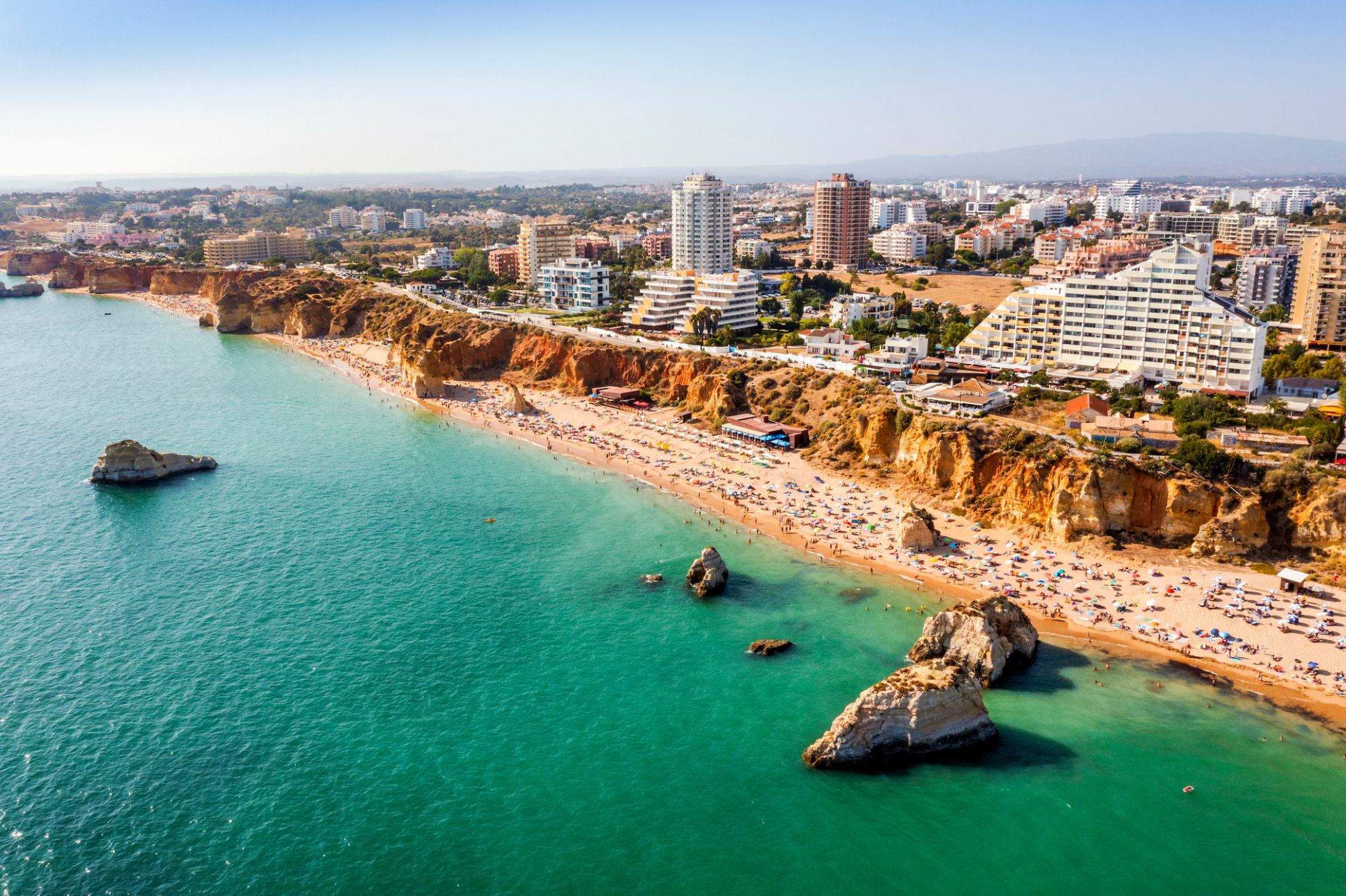
Portimão is a town and a municipality in the district of Faro, in the Algarve region of southern Portugal. The population in 2011 was 55,614, in an area of 182.06 km². It was formerly known as Vila Nova de Portimão. In 1924, it was incorporated as a cidadeand became known merely as Portimão. Historically a fishing and shipbuilding centre, it has nonetheless developed into a strong tourist centre oriented along its beaches and southern coast. The two most populous towns in the Algarve are Portimão and Faro.
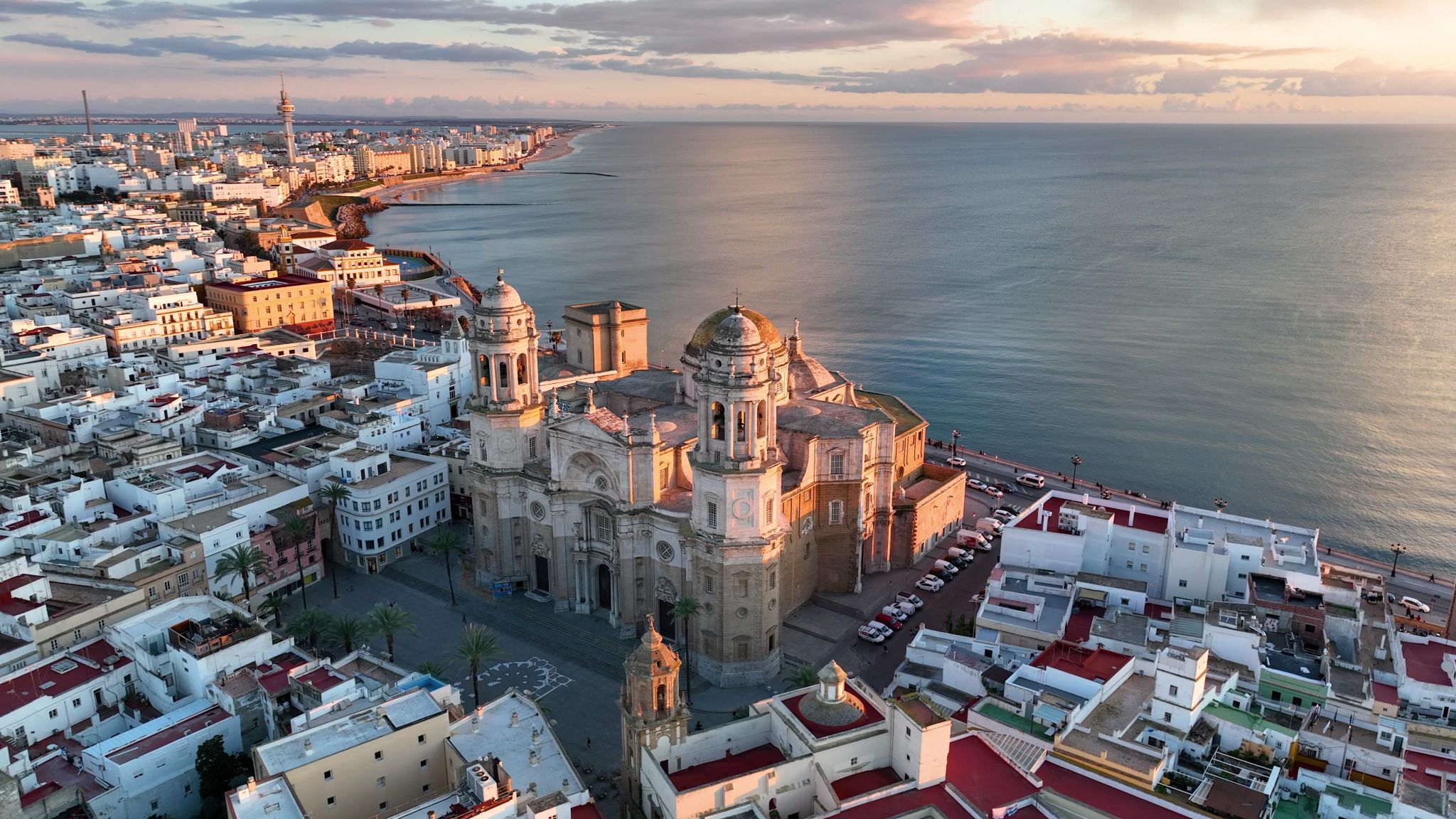
Կադիսը Եվրոպայի ամենահին քաղաքներից մեկն է, որը գտնվում է Իսպանիայի հարավարևմտյան ափին, Անդալուսիայի կենտրոնում: Քաղաքը գտնվում է կղզում, շրջապատված է Ատլանտյան օվկիանոսով, ինչը հաղորդում է այն բացառիկ մթնոլորտ: Կադիսը հայտնի է իր գեղեցիկ լողափերով, ինչպիսիք են Playa de la Victoria-ը, ինչպես նաև իր հնագույն փողոցներով՝ սպիտակ տներում և շքեղ ֆասադներով, որոնք հիշեցնում են մավրիտանական և գաղութային պատմություն: Քաղաքի պատմական կենտրոնում գտնվում է հանրահայտ կաթեդրալը, որի շինարարությունը տևել է ավելի քան հարյուր տարի, և որի գագաթից բացվում է փայլուն տեսարան օվկիանոսին:
Քաղաքը նաև հայտնի է իր կարմիր ավանդույթներով և համեղ խոհանոցով, որտեղ գերիշխում են ծովամթերքները: Այստեղյան կարմիր ավանդույթը համարվում է Իսպանիայում ամենաառողջներից մեկը, որը ամեն տարի գրավում է հազարավոր զբոսաշրջիկներ:

Gibraltar is a British Overseas Territory located at the southern tip of the Iberian Peninsula. It has an area of 6.7 km2 (2.6 sq mi) and is bordered to the north by Spain. The landscape is dominated by the Rock of Gibraltar at the foot of which is a densely populated town area, home to over 30,000 people, primarily Gibraltarians. It shares a maritime border with Morocco.
In 1704, Anglo-Dutch forces captured Gibraltar from Spain during the War of the Spanish Succession on behalf of the Habsburg claim to the Spanish throne. The territory was ceded to Great Britain in perpetuity under the Treaty of Utrechtin 1713. During World War II it was an important base for the Royal Navy as it controlled the entrance and exit to the Mediterranean Sea, which is only 8 miles (13 km) wide at this naval choke point. It remains strategically important, with half the world's seaborne trade passing through the strait. Today Gibraltar's economy is based largely on tourism, online gambling, financial services and cargo ship refuelling.
The sovereignty of Gibraltar is a point of contention in Anglo-Spanish relations because Spain asserts a claim to the territory. Gibraltarians rejected proposals for Spanish sovereignty in a 1967 referendum and, in a 2002 referendum, the idea of shared sovereignty was also rejected.
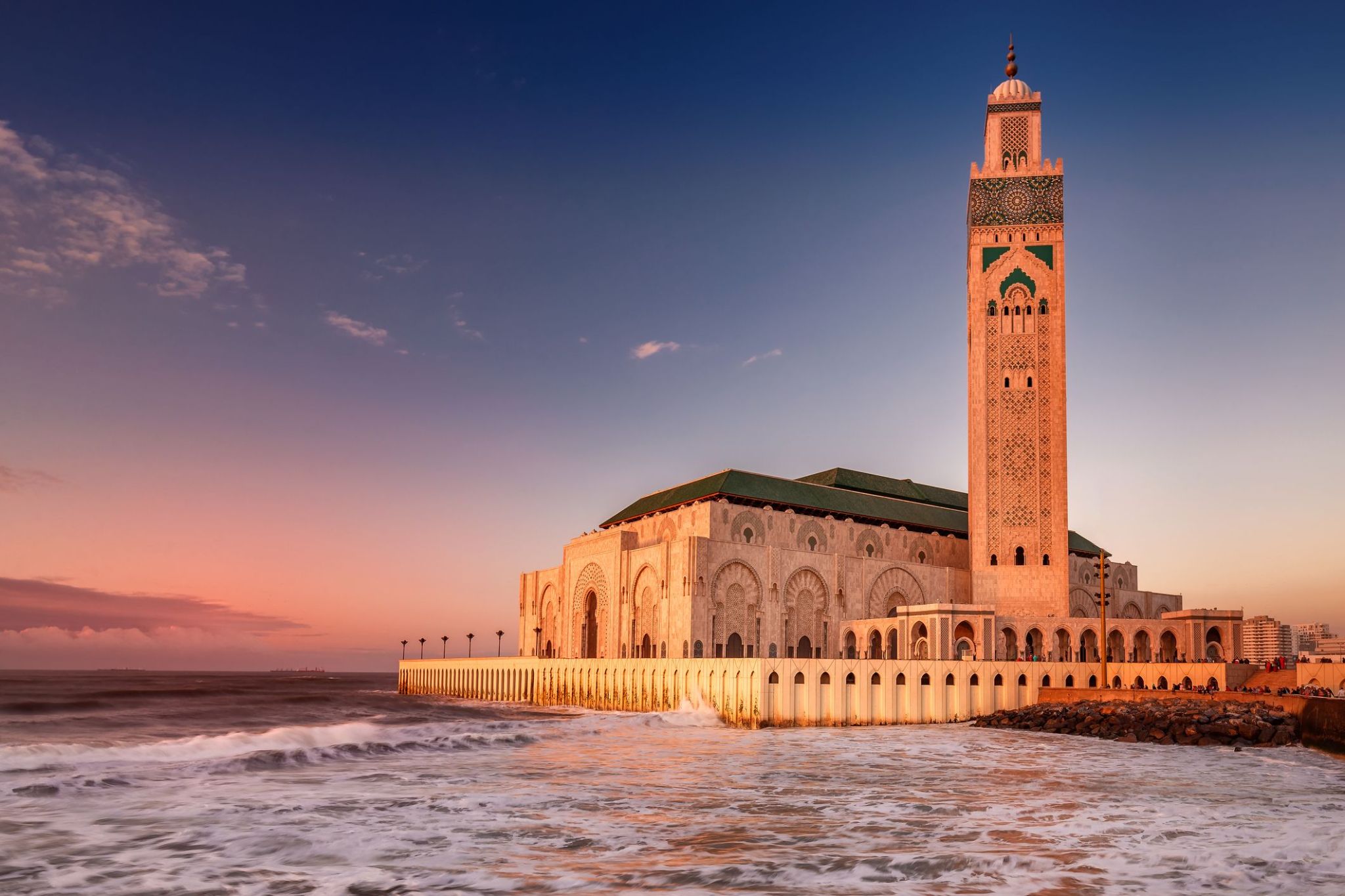
Կասաբլանկա գտնվում է Մարոկկոյի կենտրոն-արևմտյան հատվածում և սահմանակից է Ատլանտյան օվկիանոսին։ Այն Մարոկկոյի ամենամեծ քաղաքն է։ Միևնույն ժամանակ, այն Մաղրիբի տարածաշրջանի ամենամեծ քաղաքն է, ինչպես նաև Աֆրիկայի կարևորագույն և խոշոր քաղաքներից մեկը՝ տնտեսական և ժողովրդագրական առումով։
Կասաբլանկա Մարոկկոյի գլխավոր նավահանգիստն է և մայրցամաքի ամենամեծ ֆինանսական կենտրոններից մեկը։ 2014 թվականի բնակչության գնահատման համաձայն՝ քաղաքը ունի մոտ 3.35 միլիոն բնակչություն քաղաքային հատվածում և ավելի քան 6.8 միլիոն բնակչություն Կասաբլանկա-Սեթթաթ շրջանում։ Կասաբլանկա համարվում է Մարոկկոյի տնտեսական և գործարար կենտրոնը, չնայած երկրի քաղաքական մայրաքաղաքը Ռաբաթն է։
Մարոկկոյի առաջատար ընկերությունները և երկրում գործունեություն իրականացնող բազմաթիվ միջազգային կորպորացիաներ իրենց գլխավոր գրասենյակներն ու հիմնական արդյունաբերական օբյեկտները տեղակայել են Կասաբլանկա քաղաքում։ Վերջին արդյունաբերական տվյալները ցույց են տալիս, որ Կասաբլանկա շարունակում է պահպանել իր պատմական դիրքը որպես երկրի հիմնական արդյունաբերական գոտի։ Կասաբլանկայի նավահանգիստը աշխարհի ամենամեծ արհեստական նավահանգիստներից է և Հյուսիսային Աֆրիկայի երկրորդ ամենամեծ նավահանգիստը՝ Տանգեր քաղաքից 40 կմ դեպի արևելք գտնվող Tanger-Med-ից հետո։ Կասաբլանկա նաև հանդիսանում է Մարոկկոյի Թագավորական Ռազմածովային ուժերի հիմնական ռազմածովային բազան։
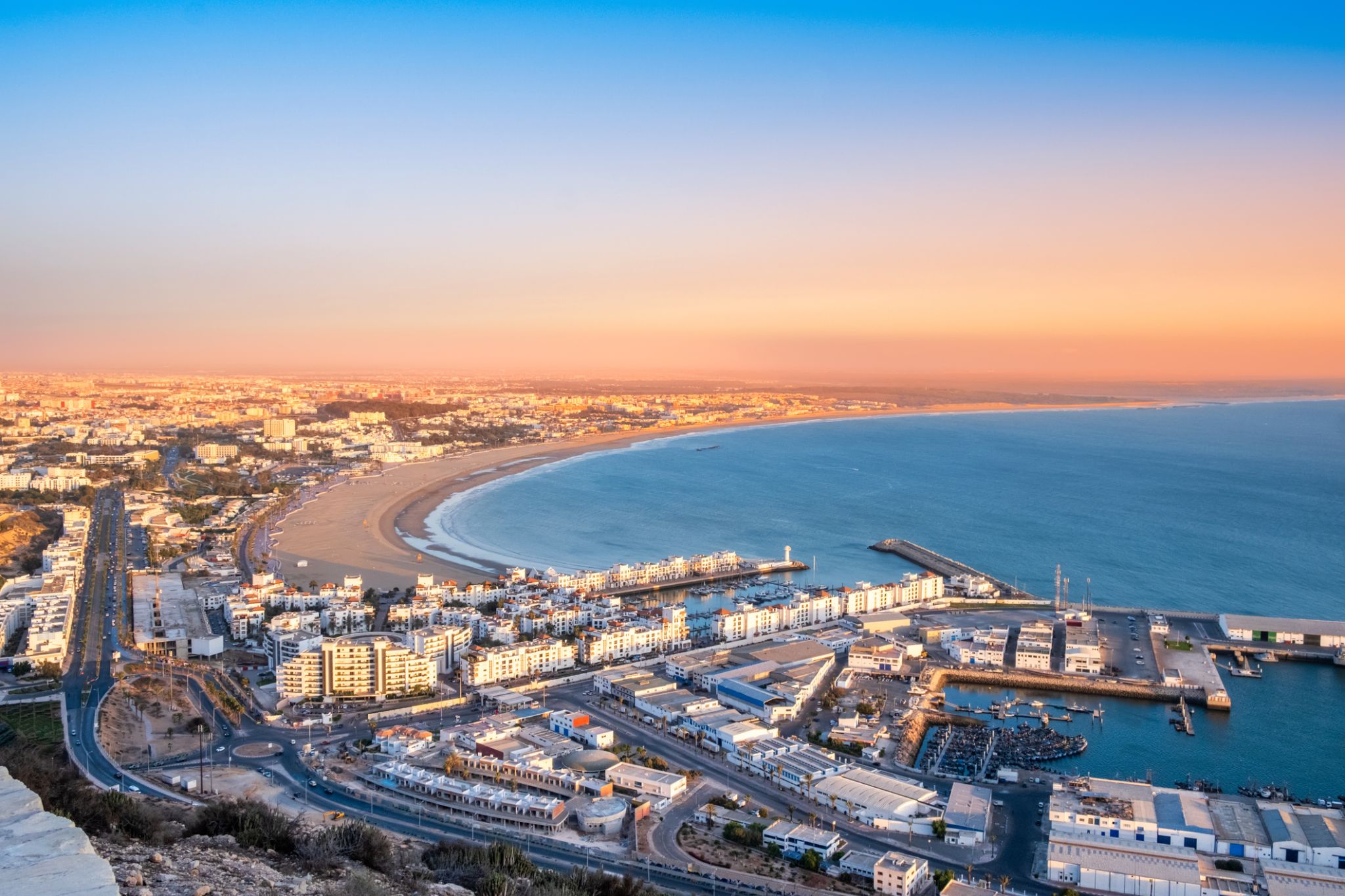
Agadir is the center of modern tourism in Morocco. Agadir Beach stretches for 10 km. The beautiful golden beach, surrounded by eucalyptus greenery and pine trees, is the most beautiful place among all Moroccan resorts. In Agadir, tourists will always find entertainment to their liking. Here you can ride camels or thoroughbred horses, play golf and tennis, smoke hookah, or experience all the delights of sea fishing. In the city's restaurants, you can taste the freshest and most delicious seafood, the assortment of which is simply magnificent: sea bass, sardines, tuna, shrimp, lobsters, crayfish. You can buy alcohol everywhere, but remember to do it before eight in the evening. And don't forget to visit the Medina of Agadir – a city built by an Italian architect. Inside the Medina, there are more than 30 shops and workshops.


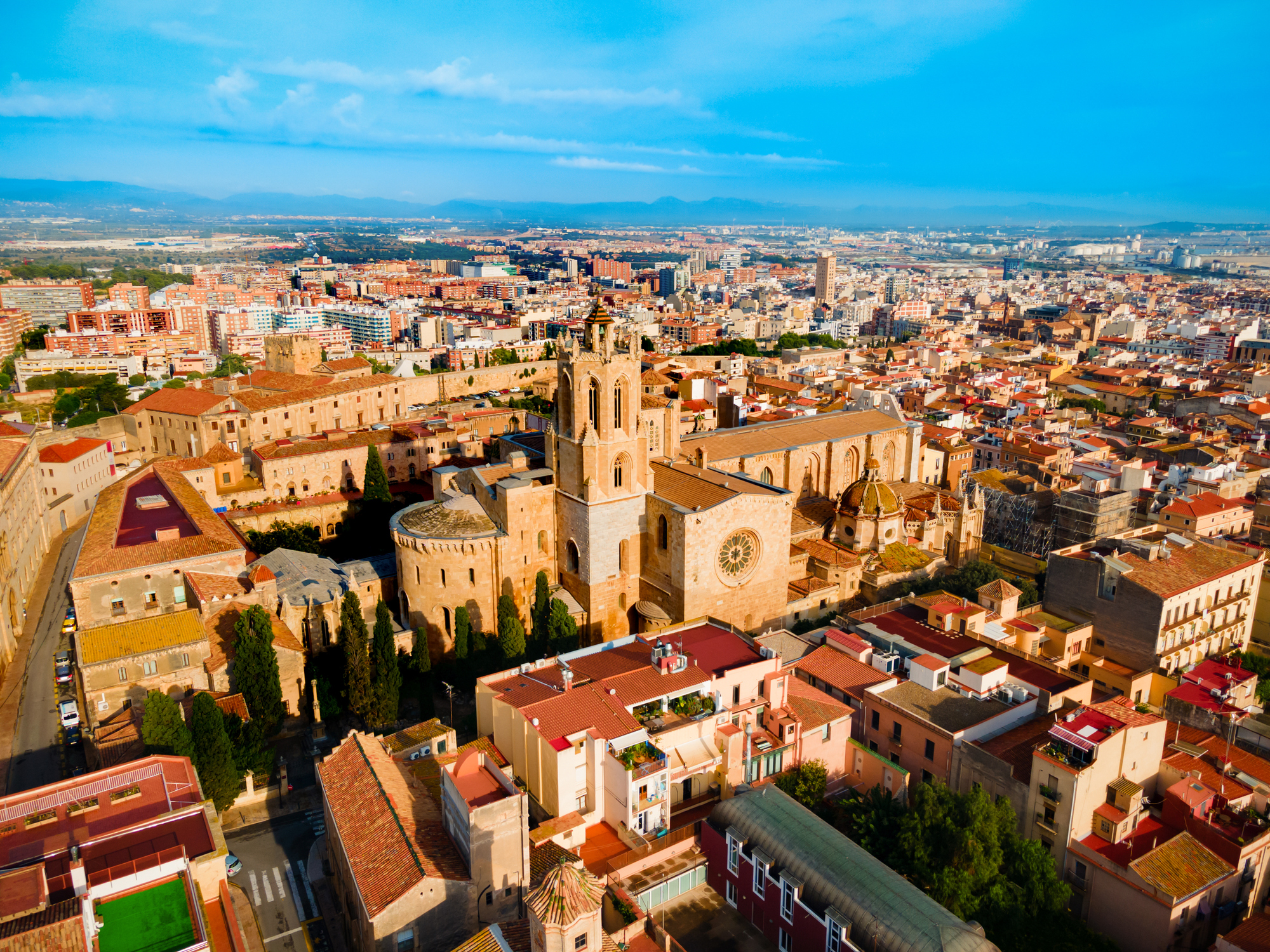
Tarragona is a port city located in northeast Spain on the Costa Daurada by the Mediterranean Sea. Founded before the 5th century BC, it is the capital of the Province of Tarragona, and part of Tarragonès and Catalonia. Geographically, it is bordered on the north by the Province of Barcelona and the Province of Lleida. The city has a population of 201,199 (2014).
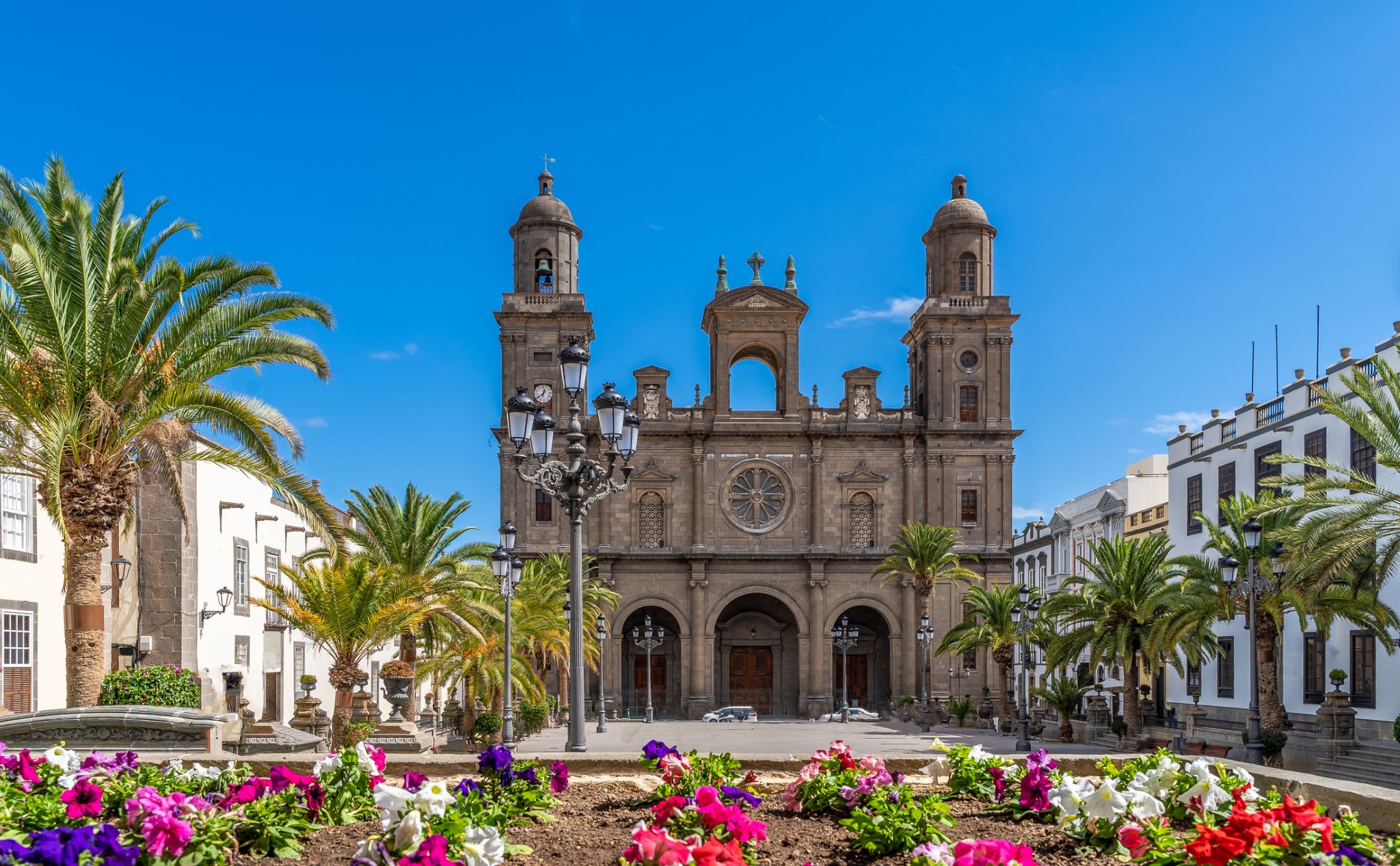

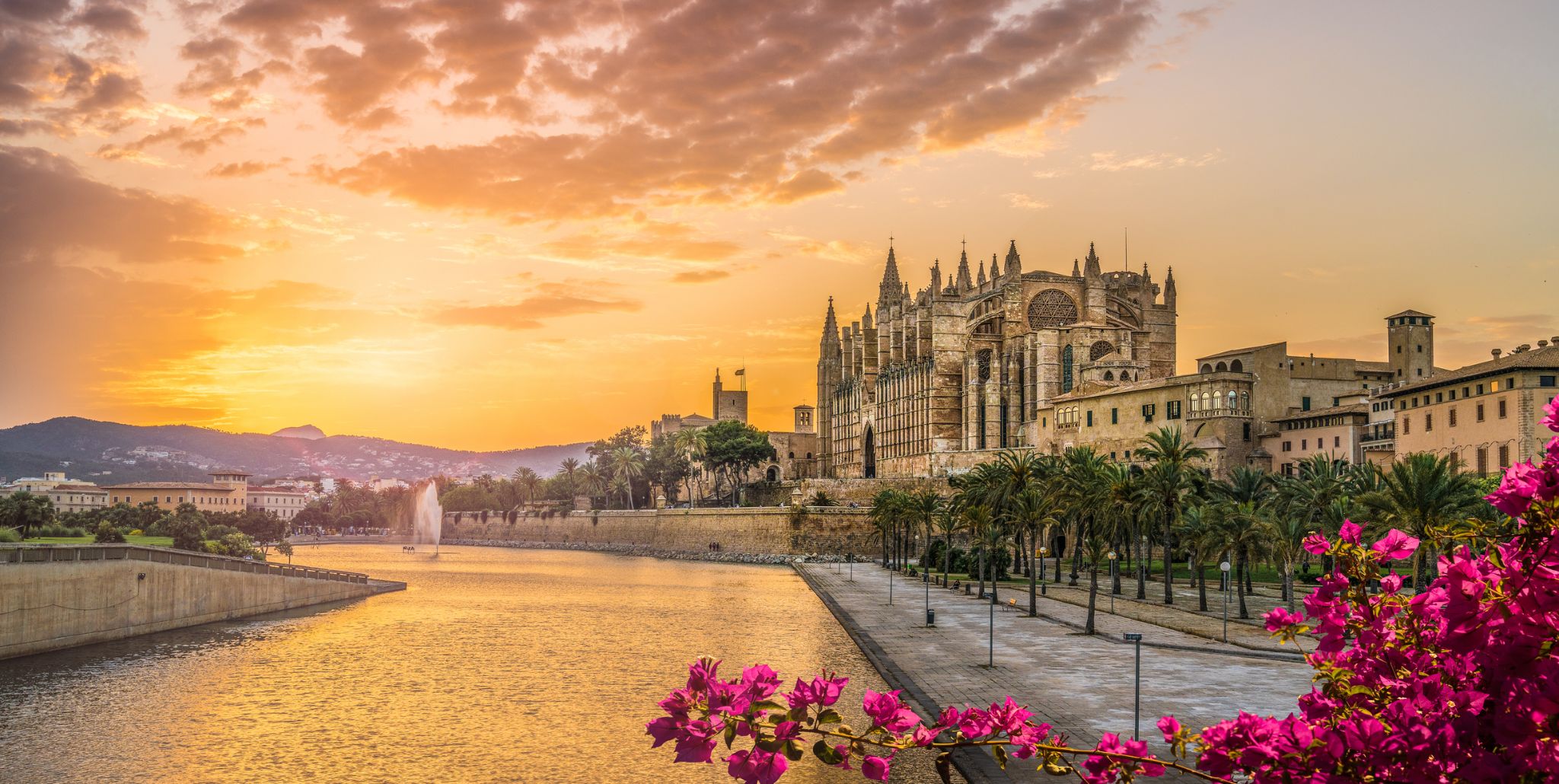
Mallorca is the largest island in the Balearic Islands, which are part of Spain and located in the Mediterranean. The native language, as on the rest of the Balearic Islands, is Catalan, which is co-official with Spanish.
The capital of the island, Palma, is also the capital of the autonomous community of the Balearic Islands. The Balearic Islands have been an autonomous region of Spain since 1983. There are two small islands off the coast of Mallorca: Cabrera (southeast of Palma) and Dragonera (west of Palma). The anthem of Mallorca is "La Balanguera".
Like the other Balearic Islands of Menorca, Ibiza and Formentera, the island is an extremely popular holiday destination, particularly for tourists from Germany and the United Kingdom. The international airport, Palma de Mallorca Airport, is one of the busiest in Spain; it was used by 28.0 million passengers in 2017, increasing every year since 2012.
The name derives from Classical Latin insula maior, "larger island". Later, in Medieval Latin, this became Maiorica, "the larger one", in comparison to Menorca, "the smaller one".
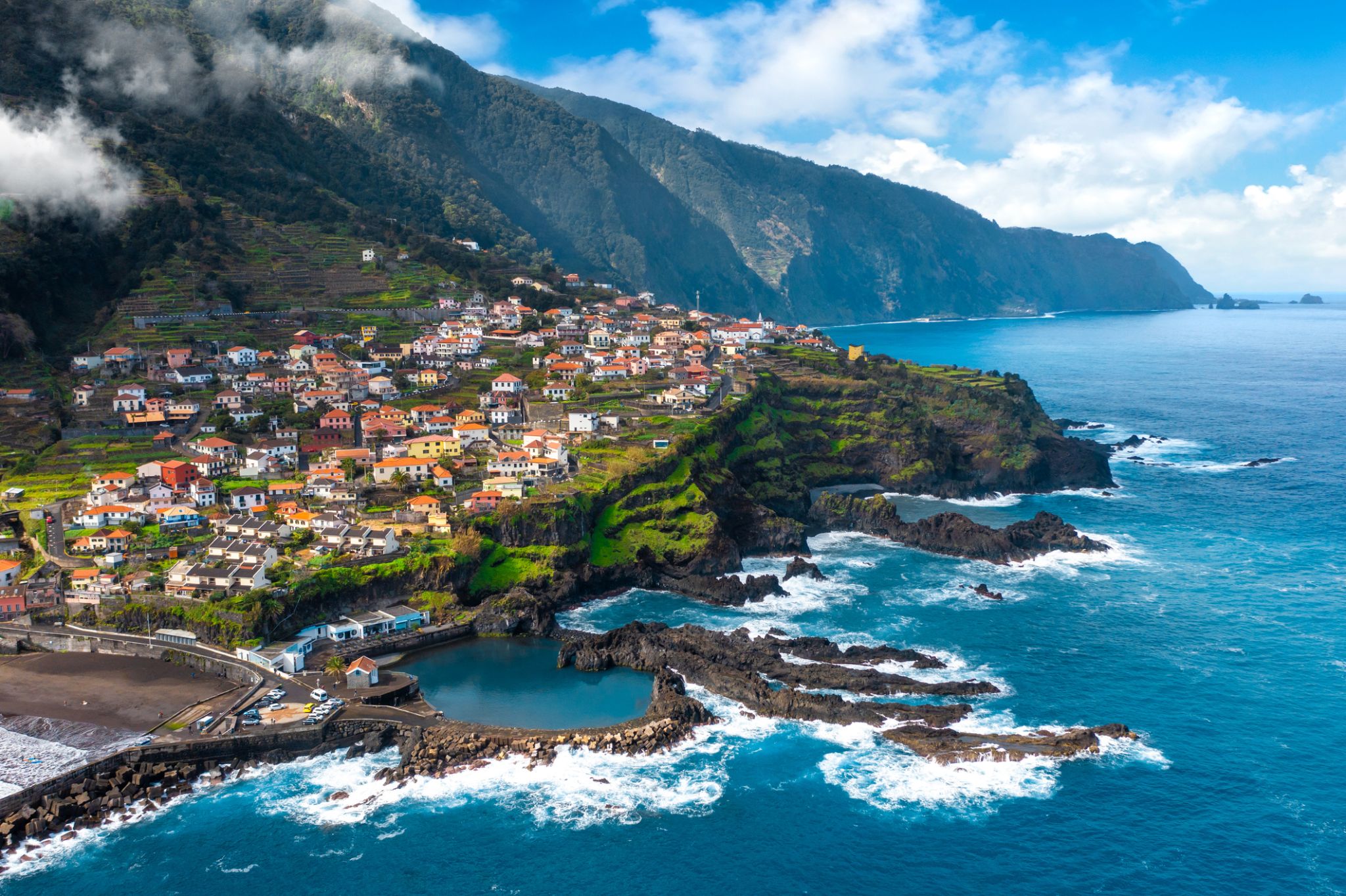
Madeira, officially the Autonomous Region of Madeira, is one of the two autonomous regions of Portugal (along with the Azores). It is an archipelago situated in the north Atlantic Ocean, southwest of Portugal. Its total population was estimated in 2011 at 267,785. The capital of Madeira is Funchal, which is located on the main island's south coast.
The archipelago is just under 400 kilometres (250 mi) north of Tenerife, Canary Islands. Bermuda and Madeira, a few time zones apart, are the only land in the Atlantic on the 32nd parallel north. It includes the islands of Madeira, Porto Santo, and the Desertas, administered together with the separate archipelago of the Savage Islands. The region has political and administrative autonomy through the Administrative Political Statue of the Autonomous Region of Madeiraprovided for in the Portuguese Constitution. The autonomous region is an integral part of the European Union as an outermost region.

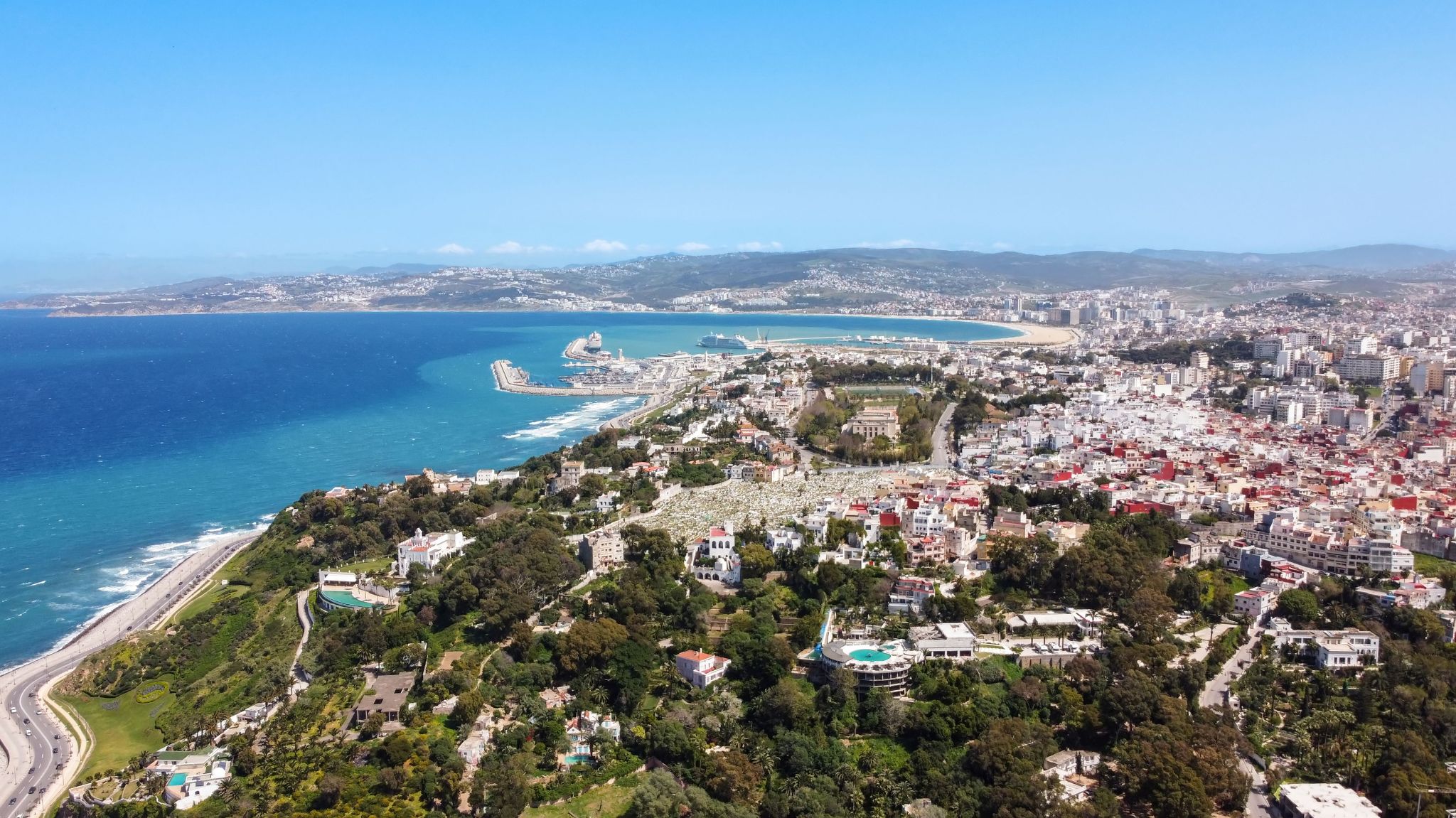
Տանժեր – Մշակույթների և ծովային ուղիների խաչմերուկ
Տանժեր, որը գտնվում է Մարոկկոյի հյուսիսում, միավորում է Եվրոպան և Աֆրիկան։ Քաղաքը հայտնի է իր մավրական ճարտարապետությամբ և պատմությամբ, իսկ նրա հին քաղաքը (մեդինա) ընդգրկված է ՅՈՒՆԵՍԿՕ-ի Համաշխարհային ժառանգության ցանկում։ Այստեղ կարելի է վայելել կենդանի շուկաներ, գեղեցիկ լողափեր և շնչահեղձ vistas, ինչպես նաև զգալ մթնոլորտ, որտեղ խաչվում են տարբեր մշակույթներ։
Մեկնորդների համար Տանժերը բացառիկ հնարավորություններ է առաջարկում բացահայտելու մարոկկյան մշակույթը, պատմությունն ու խոհանոցը։ Մեդինայում զբոսանքները, Կասբայի այցելությունները և շուկաներում գնումներ կատարելը թույլ են տալիս զգալ քաղաքի ոգին, որտեղ Արևելքը հանդիպում է Արևմուտքին։
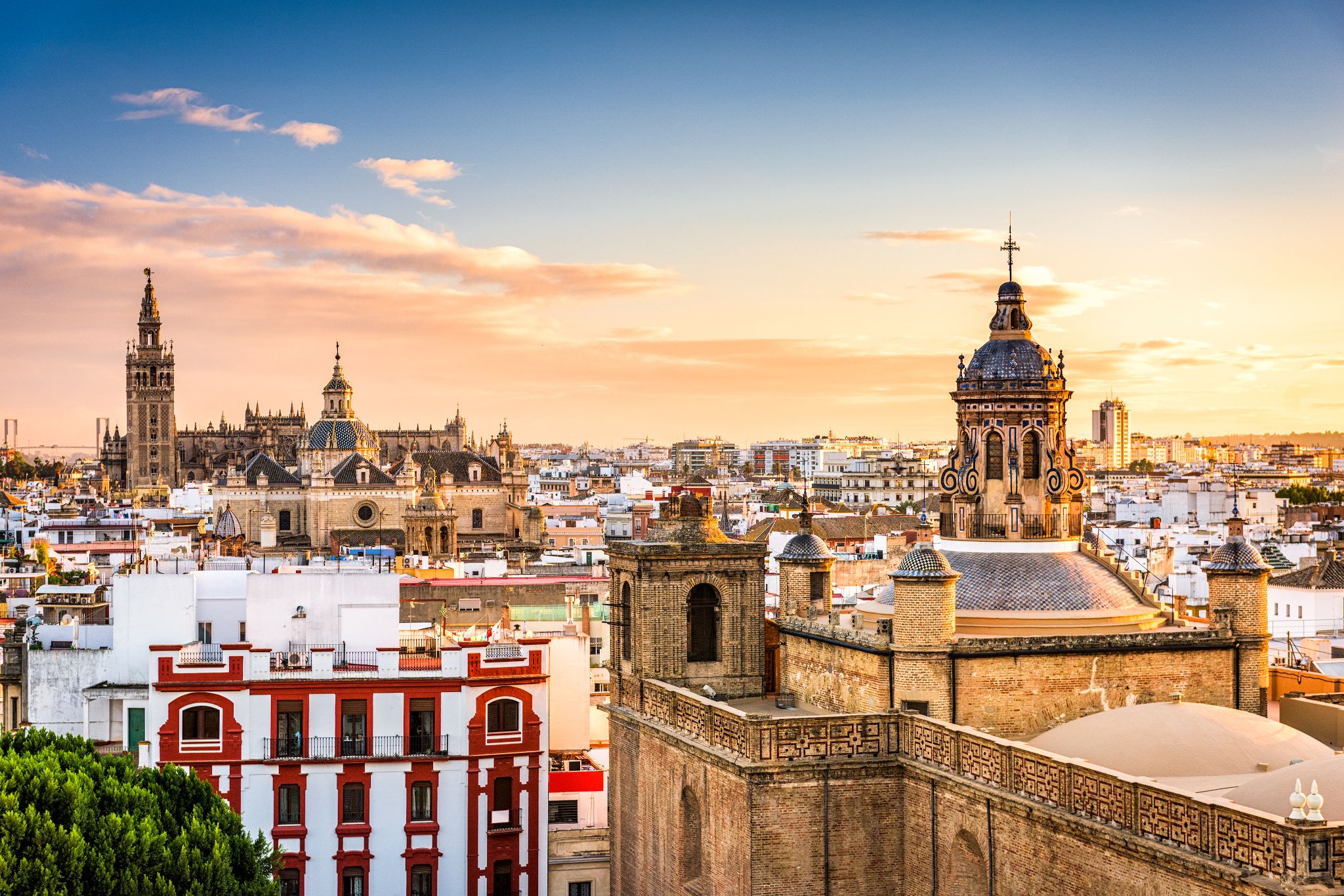
Seville is the capital and largest city of the autonomous community of Andalusia and the province of Seville, Spain. It is situated on the plain of the river Guadalquivir. The inhabitants of the city are known as sevillanos (feminine form: sevillanas) or hispalenses, after the Roman name of the city, Hispalis. Seville has a municipal population of about 690,000 as of 2016, and a metropolitan population of about 1.5 million, making it the fourth-largest city in Spain and the 30th most populous municipality in the European Union. Its Old Town, with an area of 4 square kilometres (2 sq mi), contains three UNESCO World Heritage Sites: the Alcázar palace complex, the Cathedral and the General Archive of the Indies. The Seville harbour, located about 80 kilometres (50 miles) from the Atlantic Ocean, is the only river port in Spain. Seville is also the hottest major metropolitan area in the geographical Southwestern Europe, with summer average high temperatures of above 35 °C (95 °F).
Seville was founded as the Roman city of Hispalis. It later became known as Ishbiliyya after the Muslim conquest in 712. During the Muslim rule in Spain, Seville came under the jurisdiction of the Caliphate of Córdoba before becoming the independent Taifa of Seville; later it was ruled by the Muslim Almoravids and the Almohads until finally being incorporated into the Christian Kingdom of Castile under Ferdinand III in 1248. After the discovery of the Americas, Seville became one of the economic centres of the Spanish Empire as its port monopolised the trans-oceanic trade and the Casa de Contratación (House of Trade) wielded its power, opening a Golden Age of arts and literature. In 1519, Ferdinand Magellan departed from Seville for the first circumnavigation of the Earth. Coinciding with the Baroque period of European history, the 17th century in Seville represented the most brilliant flowering of the city's culture; then began a gradual economic and demographic decline as silting in the Guadalquivirforced the trade monopoly to relocate to the nearby port of Cádiz.
The 20th century in Seville saw the tribulations of the Spanish Civil War, decisive cultural milestones such as the Ibero-American Exposition of 1929 and Expo '92, and the city's election as the capital of the Autonomous Community of Andalusia.

Seville is the capital and largest city of the autonomous community of Andalusia and the province of Seville, Spain. It is situated on the plain of the river Guadalquivir. The inhabitants of the city are known as sevillanos (feminine form: sevillanas) or hispalenses, after the Roman name of the city, Hispalis. Seville has a municipal population of about 690,000 as of 2016, and a metropolitan population of about 1.5 million, making it the fourth-largest city in Spain and the 30th most populous municipality in the European Union. Its Old Town, with an area of 4 square kilometres (2 sq mi), contains three UNESCO World Heritage Sites: the Alcázar palace complex, the Cathedral and the General Archive of the Indies. The Seville harbour, located about 80 kilometres (50 miles) from the Atlantic Ocean, is the only river port in Spain. Seville is also the hottest major metropolitan area in the geographical Southwestern Europe, with summer average high temperatures of above 35 °C (95 °F).
Seville was founded as the Roman city of Hispalis. It later became known as Ishbiliyya after the Muslim conquest in 712. During the Muslim rule in Spain, Seville came under the jurisdiction of the Caliphate of Córdoba before becoming the independent Taifa of Seville; later it was ruled by the Muslim Almoravids and the Almohads until finally being incorporated into the Christian Kingdom of Castile under Ferdinand III in 1248. After the discovery of the Americas, Seville became one of the economic centres of the Spanish Empire as its port monopolised the trans-oceanic trade and the Casa de Contratación (House of Trade) wielded its power, opening a Golden Age of arts and literature. In 1519, Ferdinand Magellan departed from Seville for the first circumnavigation of the Earth. Coinciding with the Baroque period of European history, the 17th century in Seville represented the most brilliant flowering of the city's culture; then began a gradual economic and demographic decline as silting in the Guadalquivirforced the trade monopoly to relocate to the nearby port of Cádiz.
The 20th century in Seville saw the tribulations of the Spanish Civil War, decisive cultural milestones such as the Ibero-American Exposition of 1929 and Expo '92, and the city's election as the capital of the Autonomous Community of Andalusia.

Seville is the capital and largest city of the autonomous community of Andalusia and the province of Seville, Spain. It is situated on the plain of the river Guadalquivir. The inhabitants of the city are known as sevillanos (feminine form: sevillanas) or hispalenses, after the Roman name of the city, Hispalis. Seville has a municipal population of about 690,000 as of 2016, and a metropolitan population of about 1.5 million, making it the fourth-largest city in Spain and the 30th most populous municipality in the European Union. Its Old Town, with an area of 4 square kilometres (2 sq mi), contains three UNESCO World Heritage Sites: the Alcázar palace complex, the Cathedral and the General Archive of the Indies. The Seville harbour, located about 80 kilometres (50 miles) from the Atlantic Ocean, is the only river port in Spain. Seville is also the hottest major metropolitan area in the geographical Southwestern Europe, with summer average high temperatures of above 35 °C (95 °F).
Seville was founded as the Roman city of Hispalis. It later became known as Ishbiliyya after the Muslim conquest in 712. During the Muslim rule in Spain, Seville came under the jurisdiction of the Caliphate of Córdoba before becoming the independent Taifa of Seville; later it was ruled by the Muslim Almoravids and the Almohads until finally being incorporated into the Christian Kingdom of Castile under Ferdinand III in 1248. After the discovery of the Americas, Seville became one of the economic centres of the Spanish Empire as its port monopolised the trans-oceanic trade and the Casa de Contratación (House of Trade) wielded its power, opening a Golden Age of arts and literature. In 1519, Ferdinand Magellan departed from Seville for the first circumnavigation of the Earth. Coinciding with the Baroque period of European history, the 17th century in Seville represented the most brilliant flowering of the city's culture; then began a gradual economic and demographic decline as silting in the Guadalquivirforced the trade monopoly to relocate to the nearby port of Cádiz.
The 20th century in Seville saw the tribulations of the Spanish Civil War, decisive cultural milestones such as the Ibero-American Exposition of 1929 and Expo '92, and the city's election as the capital of the Autonomous Community of Andalusia.

Lisbon is the capital and the largest city of Portugal, with an estimated population of 505,526 within its administrative limits in an area of 100.05 km2. Its urban area extends beyond the city's administrative limits with a population of around 2.8 million people, being the 11th-most populous urban area in the European Union. About 3 million people live in the Lisbon Metropolitan Area (which represents approximately 27% of the country's population). It is mainland Europe's westernmost capital city and the only one along the Atlantic coast. Lisbon lies in the western Iberian Peninsula on the Atlantic Ocean and the River Tagus. The westernmost areas of its metro area form the westernmost point of Continental Europe, which is known as Cabo da Roca, located in the Sintra Mountains.

Lisbon is the capital and the largest city of Portugal, with an estimated population of 505,526 within its administrative limits in an area of 100.05 km2. Its urban area extends beyond the city's administrative limits with a population of around 2.8 million people, being the 11th-most populous urban area in the European Union. About 3 million people live in the Lisbon Metropolitan Area (which represents approximately 27% of the country's population). It is mainland Europe's westernmost capital city and the only one along the Atlantic coast. Lisbon lies in the western Iberian Peninsula on the Atlantic Ocean and the River Tagus. The westernmost areas of its metro area form the westernmost point of Continental Europe, which is known as Cabo da Roca, located in the Sintra Mountains.